
Plug-in the Original Microwave
Waldorf re-creates its original Microwave synth.
Thirty-five years ago, Waldorf Music released its first instrument, the Microwave, which took the hearts of the leading musicians and producers of the nineties by storm. Its vibrant and distinctive sound transported the early wavetable sounds of the eighties into the rising electronic dance music of the following decade. Massive bass lines, enigmatic wavetable modulations, brutal attacks and pads smooth as silk have inspired generations of musicians. The Microwave defined hybrid synthesis at its best with its unique interpretation of wavetable synthesis combined with analogue filters. Now Waldorf Music brings this magical instrument back to digital workstations worldwide with the release of the Microwave 1 Plug-in.
The Waldorf Microwave 1 Plug-in was painstakingly recreated from the original hardware with all its distinctive features and singularities. This multi-year project was a labour of love. Waldorf Music analysed and modelled the original instruments down to the finest sonic details of every aspect of the hardware. Its unique sound was based on proprietary digital and analogue designs long before the following generations of DSP-based instruments were conceived.
Only the first generation of the Microwave and also the Waldorf Wave were based on a custom-developed integrated circuit called the Waldorf ASIC. In combination with the legendary Curtis filter chips and a unique 68k CPU-based controller software the ASIC defined a very special flavor of wavetable sound unparalleled to none. None other than the inventor of Wavetable Synthesis of the eighties, Wolfgang Palm, helped to design this unique chip. Waldorf Music made a huge effort to analyze and recreate this integrated circuit within the plug-in. As the original, the plug-in runs the internal synthesis with the ultra-high sampling rate of 250 kHz regardless of the DAW sampling rate. The recreated digital waveforms have been bit-by-bit compared with the original to be 100% identical. The digital noise was rebuilt with all its wonderful artifacts.
Even the old-school digital-to-analogue converters of the original hardware were modeled with their non-linearities and tone-shaping color which were leading into the two Curtis filter chips variants used for the revisions A and B of the original hardware. The plug-in also allows artificial detuning and recalibration of the analogue components.
Brutal attacks, snappy decays and a plethora of wonderful transients define the sound of the first generation Microwave. Never sounding mechanical and always different, it was based on a unique architecture to create the envelopes, LFOs and modulations which were painstakingly recreated by the plug-in down to the finest grains.
But the Microwave 1 Plug-in goes one step further: Its modern and inviting graphical user-interface reveals many aspects of the synthesis engine which were hidden before in the original hardware by its sparse hard-to-use interface. A fully scalable modern interface with readable high-contrast fonts supports an intuitive sound editing process with many graphical representations of the wavetables, envelopes and filter response curves using animations for modulations and playing positions.
Waldorf didn’t stop there. For the first time, they’ve revealed the inner workings of the Microwave. The user can now easily edit existing wavetables and create new ones using the internal control tables. All the original wavetables are available with their control structures and the full original waveform catalogue. In addition to user wavetables, also user waveforms can be created within the plug-in. Additional randomization modes make wavetable editing fun and sonically surprising as experienced never before.
The multi-mode becomes now a weapon of its own for sound design. Originally hard to edit from the panel, the plug-in UI now allows a quickly layering of single sounds to create the most complex and exciting sonic structures. An easy-to-use mixer page enables precise adjustment of the sonic relationships. Even sophisticated functions such as tuning and velocity tables have been implemented and can be modified within the user interface.
All the original factory single and multi-mode sounds are contained in the plug-in in combination with new and modern sound presets. Original MIDI and Sys-Ex dump files can be imported. Moreover, the plug-in can be used to control the original hardware.
The original hardware









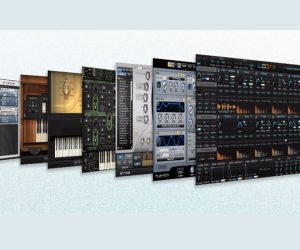
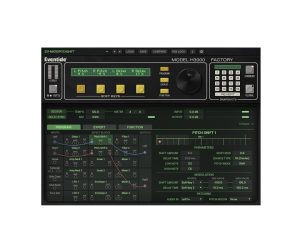
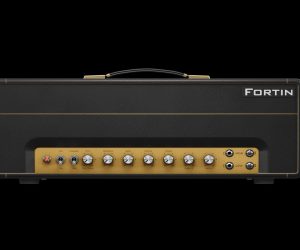
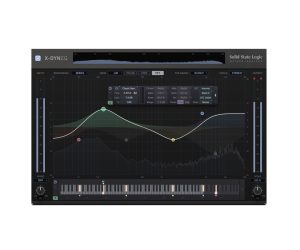
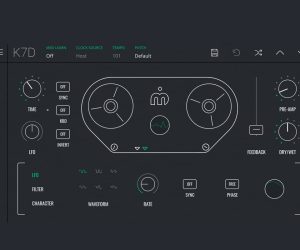



RESPONSES